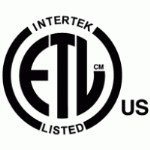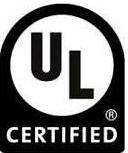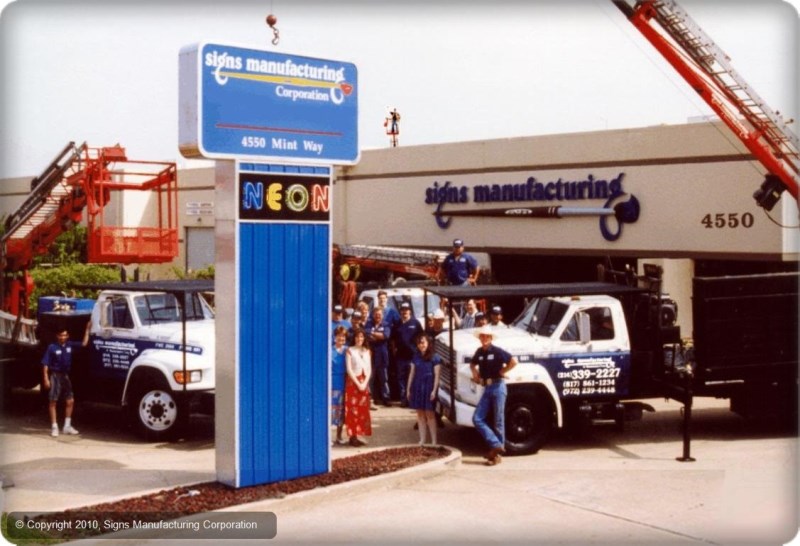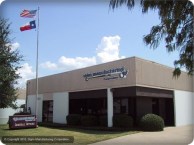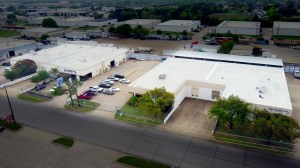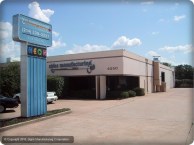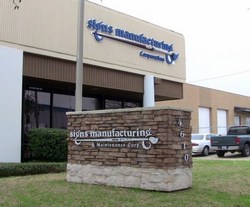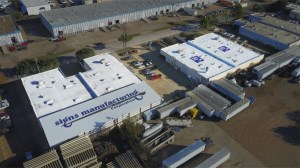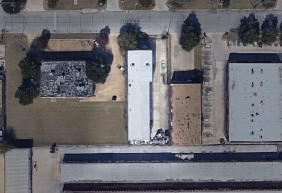SolarBrite™ Light Emitting Diode (LED)
Technology
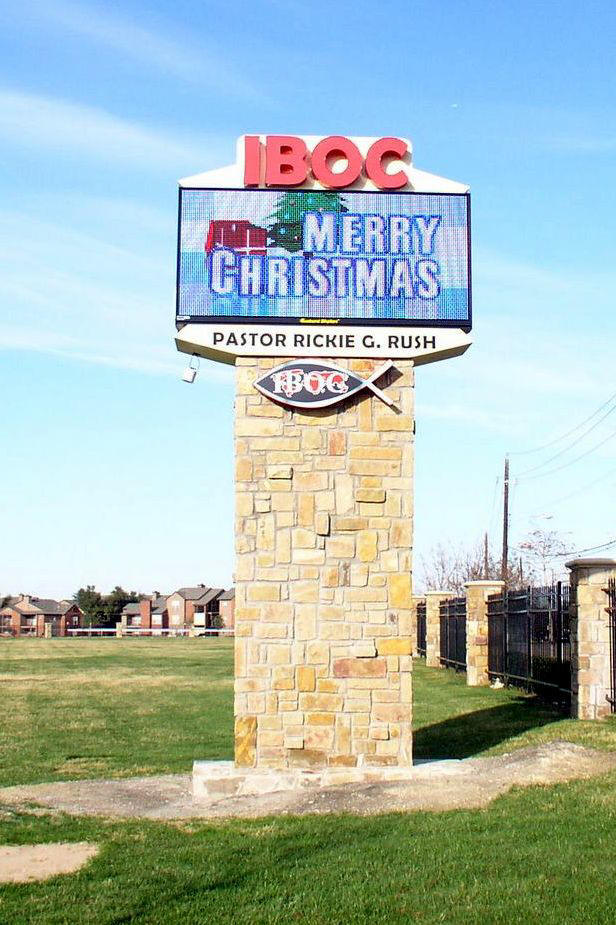 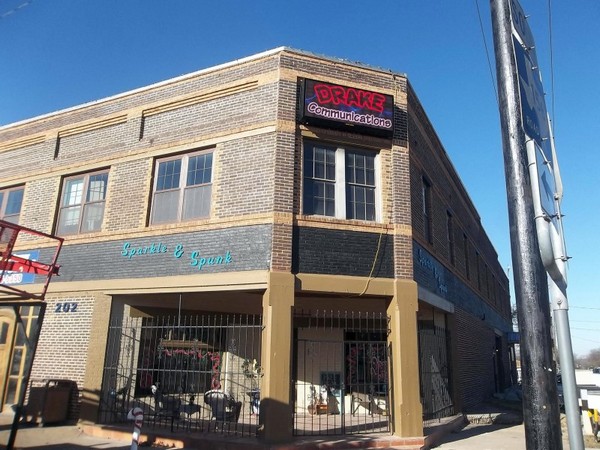 .jpg) 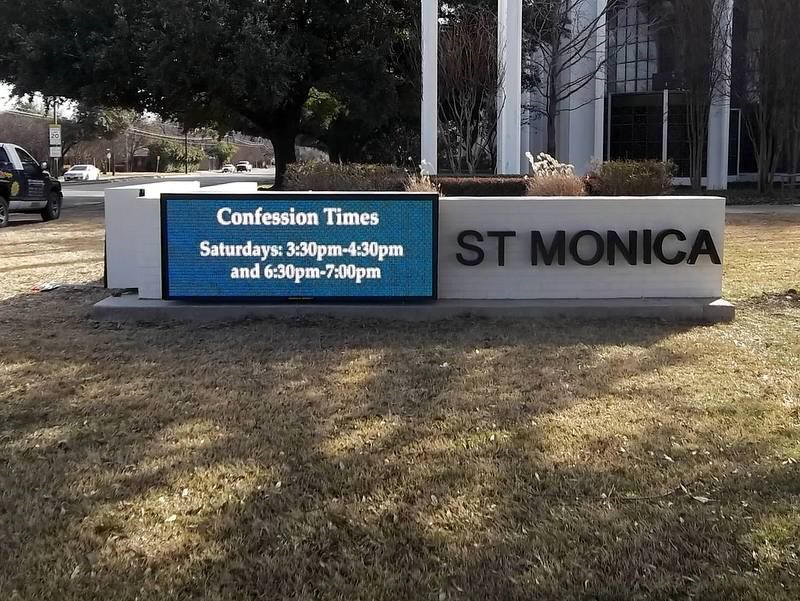 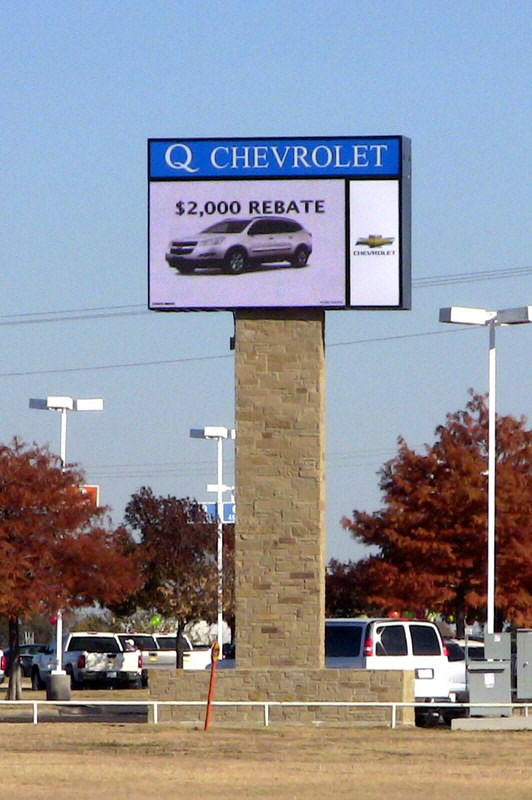 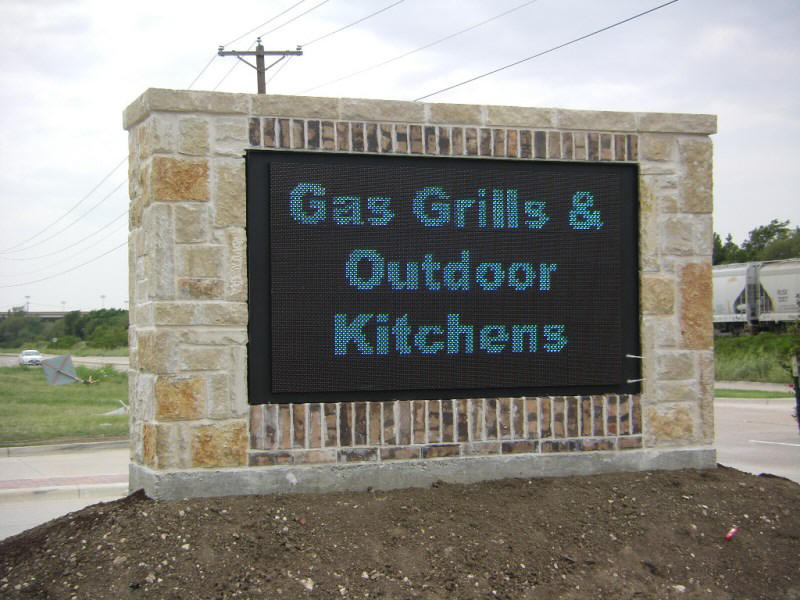 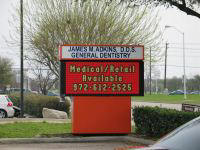
 A light-emitting diode (LED) is a semiconductor device that emits incoherent monochromatic light when electrically biased in the forward direction. This effect is a form of electroluminescence. The color depends on the semiconducting material used, and can be near-ultraviolet, visible or infrared. A light-emitting diode (LED) is a semiconductor device that emits incoherent monochromatic light when electrically biased in the forward direction. This effect is a form of electroluminescence. The color depends on the semiconducting material used, and can be near-ultraviolet, visible or infrared.
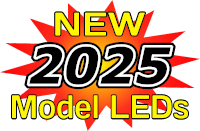 A LED is a special type of semiconductor diode. Like a normal diode, it consists of a chip of semiconducting material impregnated, or doped, with impurities to create a structure called a pn junction. Charge-carriers (electrons and holes) are created by an electric current passing through the junction, and release energy in the form of photons as they recombine. The wavelength of the light, and therefore its color, depends on the band gap energy of the materials forming the pn junction. A normal diode, typically made of silicon or germanium, emits invisible far-infrared light, but the materials used for a LED have band gap energies corresponding to near-infrared, visible or near-ultraviolet light. A LED is a special type of semiconductor diode. Like a normal diode, it consists of a chip of semiconducting material impregnated, or doped, with impurities to create a structure called a pn junction. Charge-carriers (electrons and holes) are created by an electric current passing through the junction, and release energy in the form of photons as they recombine. The wavelength of the light, and therefore its color, depends on the band gap energy of the materials forming the pn junction. A normal diode, typically made of silicon or germanium, emits invisible far-infrared light, but the materials used for a LED have band gap energies corresponding to near-infrared, visible or near-ultraviolet light.
Unlike incandescent bulbs, which can operate with either AC or DC, LEDs require a DC supply of the correct polarity. When the voltage across the pn junction is in the correct direction, a significant current flows and the device is said to be forward biased. The voltage across the LED in this case is fixed for a given LED and is proportional to the energy of the emitted photons. If the voltage is of the wrong polarity, the device is said to be reverse biased, very little current flows, and no light is emitted.
Conventional LEDs are made of inorganic minerals such as:
-
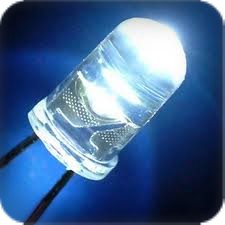 aluminium gallium arsenide (AlGaAs) - red and infrared aluminium gallium arsenide (AlGaAs) - red and infrared
-
gallium arsenide/phosphate (GaAsP) - red, orange and yellow
-
gallium nitride (GaN) - green
-
gallium phosphate (GaP) - green
-
zinc selenide (ZnSe) - blue
-
indium gallium nitride (InGaN) - blue
-
silicon carbide (SiC) - blue
-
diamond (C) - ultraviolet
LED development began with infrared and red devices, and technological advances have made possible the production of devices with ever shorter wavelengths.
Blue LEDs became available in the late 1990s. They can be added to existing red and green LEDs to produce white light. Most "white" LEDs in production today use a blue LED chip covered by a scintillate coating made of Zinc solenoid (ZnSe). The LED chip emits blue light, part of which is converted to yellow by the ZnSe. This mixture of blue and yellow light creates the impression of white - hence the bluish or yellowish tint that these diodes usually exhibit.
The most recent innovation in LED technology is a device that can emit ultraviolet light. When ultraviolet light illuminates certain materials, these materials will fluoresce or give off visible light. White light LEDs have been produced by building ultraviolet elements inside material that fluoresces to produce white light.
The semiconducting chip is encased in a solid plastic lens, which is much tougher than the glass envelope of a traditional light bulb or tube. The plastic may be colored, but this is only for cosmetic reasons and does not affect the color of the light emitted.
SMD (Surface-Mount-Device) LEDs have been created that combine RGB LEDs (Red, Green, Blue - which can make White and other colors) in one LED shell. This allows the display matrix, pitch, to be much closer. So far even our SMD LED Signs™ do not have the light output for outdoor use. Manufacturers currently brag that they can produce 2-6,000 nits.
Incidentally, a “nit” is an older term describing a luminance factor. It basically refers to “…the illumination of a 1 square meter surface by the light of one tallow candle shining on it.” It pertains to TVs and cell phone screens, not signs with exposed LED lighting. It has no ANSI or International System of Units (SI) fixed method of determination, such as from how far away it is measured, so it has no scientific meaning, or comparative value. It is a marketing term.
The brightness of SolarBrite™ LEDs is turned down when they are too bright. Click "here" for more details on LED sign brightness.
Many companies manufacture
LEDs. There are over 5,000 varied LEDs available,
and they vary greatly as to brightness, nits, lux, light-dispersal
(viewing) angle, useful lifetime, and lifetime.
Some are very cheap, some are quite
expensive.
Sunburst Displays™ only use SolarBrite™ LEDs
that are rated to retain 80% of their brightness for
60,000+ hours. It will take much longer than 100,000 hours before SolarBrite™ LEDs dim to 50% of their original brightness – what the industry calls “lifetime.” These are the most expensive, but highest value, conventional LEDs.
Our selection of LEDs is what makes our signs brighter, and last longer.
A
SolarBrite™ LED incorporates a new kind of chip, different from all
other LEDs.
Sunburst Displays™ is an industry leader in the
implementation of new technology in advertising.
SolarBrite™ LEDs utilize military specification
coatings on the circuit boards the LEDs are attached to,
preventing corrosion and electrical problems.
LEDs are also affected by
voltage. For instance, an LED will also burn nearly
100% brighter if you double the power feeding it.
The LED will last about 1/6 as long, however, making this
alternative quite expensive in total cost.
We power our SolarBrite™ LEDs properly.
What is Binning?
ALL LED lamp production is binned, grouped with LEDs with similar properties, 3 different ways: color, flux (brightness), and forward voltage (the minimum voltage the LED will operate at, using a specified minimum operating current.) All 3 vary in even a single wafer’s production, so binning is critical.
LED “binning” is controlled by an ANSI minimum standard: ANSI C78 377A. SolarBrite™ LEDs are binned to much tighter standards, however, which is allowed.
This is why our signs are more vivid than our competitors; redder
reds, bluer blues, greener greens.
If a competitor BRAGS that their product is binned, they are probably warning you that they will not be able to match color and brightness later, when replacement parts are needed, because their sign’s individual LED color and flux is not adjustable. (See “Reparability - Adjustability”
below.)
SolarBrite™ LEDs are More
Vivid
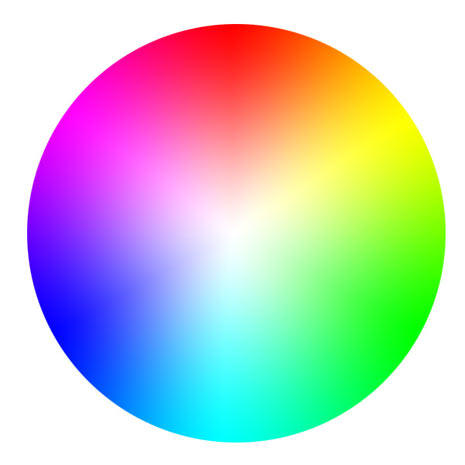 Our
redder reds, bluer blues and greener greens make EVERY color more vivid. Our
redder reds, bluer blues and greener greens make EVERY color more vivid.
Recognize that RGB technology creates all
additive colors.
Your message will stand out more if it’s
displayed on one of our signs.
Of course we’re bragging, but judge for
yourself in our Showroom.
The SolarBrite™ LongLife™ System
An operating LED is a direct electrical short; it will consume all the current fed to it; destroying both it and its power source. However, an LED has a rather-constant voltage drop when operating. A current-limiting resistor is placed in-line with LEDs to restrict the forward current.
Remember that each LED consumes differing amounts of electricity to operate, which is partially why they were binned (above.) Forward voltage even varies based on the color of light produced by an LED. We obviously must supply enough voltage to meet the highest forward voltage requirement. Therefore each resistor is also sized to consume the potential over-supply of voltage from the power source feeding all the LEDs.
Done properly, this double-protection lengthens the life of LEDs (reduces heat-generation.) This is a critical part of the SolarBrite™ LongLife™ System.
SolarBrite™ LongLife™ LEDs are NOT
Chinese-made.
Size Matters
Notice the size of the LEDs in the photograph below. Sunburst Displays™ Balanced Array™ (the bottom LED board) uses LEDs that are 250% larger in area than virtually all LEDs used by manufacturers that still manufacture pixel cluster displays.
Our purpose-built LED is oval, focusing most of the light forward, to the sides, and down. No reason to waste energy shining light on the glare shield above the LED. These larger oval LEDs result in brighter signs with more “light-fill” in every image.
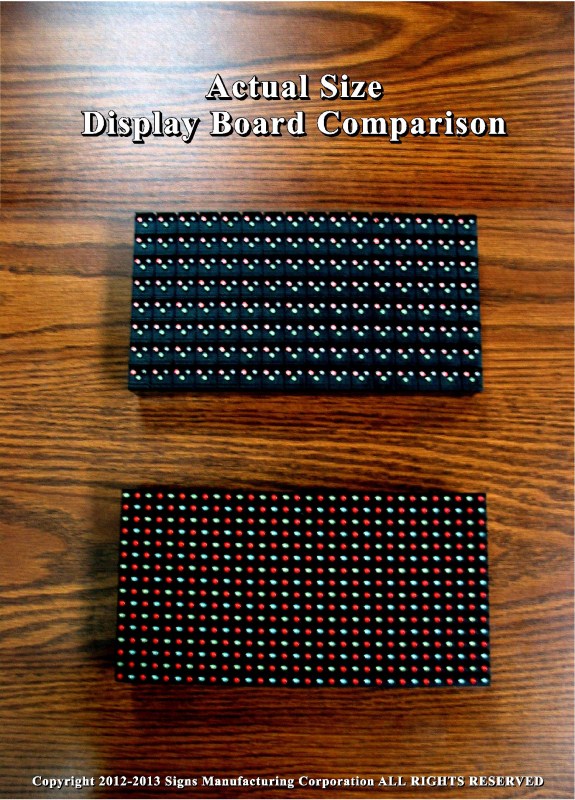
Please stop by and see all of these products displayed in our unique Sign Lighting Laboratory and Display Showroom.
Repairability - Adjustability
LEDs dim and change color as they get older. If you replace an old LED
with a new one, the new one is brighter, and a slightly different color.
So
what happens to your sign’s appearance when LEDs fail and have to be
replaced? Even if it is a repairable brand it probably won’t look good;
unless it is a Sunburst LED Display (or possibly a very few other’s –
see below.)
We
have very sophisticated equipment we use to closely balance both the
light and color outputs of every LED in our signs. We do this when the
sign is new, and we can do it in the field to more closely balance the
appearance of new and old LEDs in our signs.
Our
equipment won’t work on competitor’s signs. Only the actual
manufacturer, with proprietary programming knowledge of their software,
can make these adjustments, if their sign design will even allow it to
be done. Therefore the cost of properly repairing a Chinese, or an
American sign made by someone else, is relatively exorbitant; if for no
other reason than the travel costs for the factory personnel and
equipment. We ARE the only local manufacturer.
However, actually, only a couple other manufacturers even have
adjustable signs. The alternative is to continually replace EVERY LED
in the entire sign face if you don’t want to detract from the appearance
of your business as a sign ages. (See “Binning” page 26.) Remember
that, according to the US Small Business Administration (SBA) poorly
maintained signs harm rather than help the image of a business, reducing
sales.
This
is one more critical reason to purchase a Sunburst LED Display; made in
Texas, for Texans, by us.™
| 







.jpg)




 A light-emitting diode (LED) is a semiconductor device that emits incoherent monochromatic light when electrically biased in the forward direction. This effect is a form of electroluminescence. The color depends on the semiconducting material used, and can be near-ultraviolet, visible or infrared.
A light-emitting diode (LED) is a semiconductor device that emits incoherent monochromatic light when electrically biased in the forward direction. This effect is a form of electroluminescence. The color depends on the semiconducting material used, and can be near-ultraviolet, visible or infrared. A LED is a special type of semiconductor diode. Like a normal diode, it consists of a chip of semiconducting material impregnated, or doped, with impurities to create a structure called a pn junction. Charge-carriers (electrons and holes) are created by an electric current passing through the junction, and release energy in the form of photons as they recombine. The wavelength of the light, and therefore its color, depends on the band gap energy of the materials forming the pn junction. A normal diode, typically made of silicon or germanium, emits invisible far-infrared light, but the materials used for a LED have band gap energies corresponding to near-infrared, visible or near-ultraviolet light.
A LED is a special type of semiconductor diode. Like a normal diode, it consists of a chip of semiconducting material impregnated, or doped, with impurities to create a structure called a pn junction. Charge-carriers (electrons and holes) are created by an electric current passing through the junction, and release energy in the form of photons as they recombine. The wavelength of the light, and therefore its color, depends on the band gap energy of the materials forming the pn junction. A normal diode, typically made of silicon or germanium, emits invisible far-infrared light, but the materials used for a LED have band gap energies corresponding to near-infrared, visible or near-ultraviolet light. aluminium gallium arsenide (AlGaAs) - red and infrared
aluminium gallium arsenide (AlGaAs) - red and infrared Our
redder reds, bluer blues and greener greens make EVERY color more vivid.
Our
redder reds, bluer blues and greener greens make EVERY color more vivid.





_medium_110.jpg)

